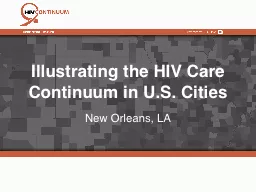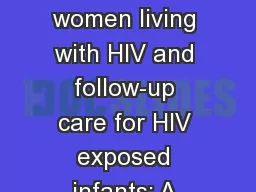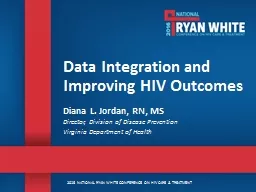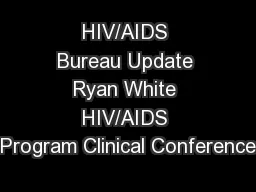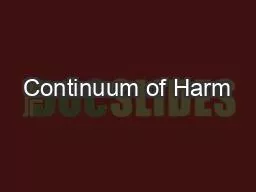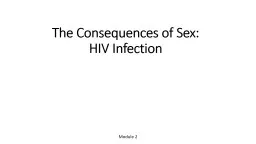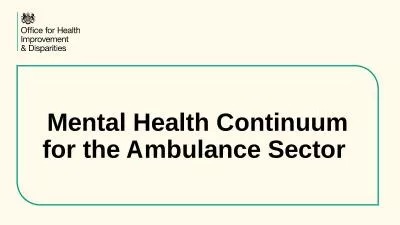PPT-Illustrating the HIV Care Continuum in U.S. Cities
Author : tawny-fly | Published Date : 2018-12-12
New Orleans LA About Effective treatment requires successful HIV diagnosis as well as linkage and retention in HIV care this is the HIV care continuum To be the
Presentation Embed Code
Download Presentation
Download Presentation The PPT/PDF document "Illustrating the HIV Care Continuum in U..." is the property of its rightful owner. Permission is granted to download and print the materials on this website for personal, non-commercial use only, and to display it on your personal computer provided you do not modify the materials and that you retain all copyright notices contained in the materials. By downloading content from our website, you accept the terms of this agreement.
Illustrating the HIV Care Continuum in U.S. Cities: Transcript
Download Rules Of Document
"Illustrating the HIV Care Continuum in U.S. Cities"The content belongs to its owner. You may download and print it for personal use, without modification, and keep all copyright notices. By downloading, you agree to these terms.
Related Documents

